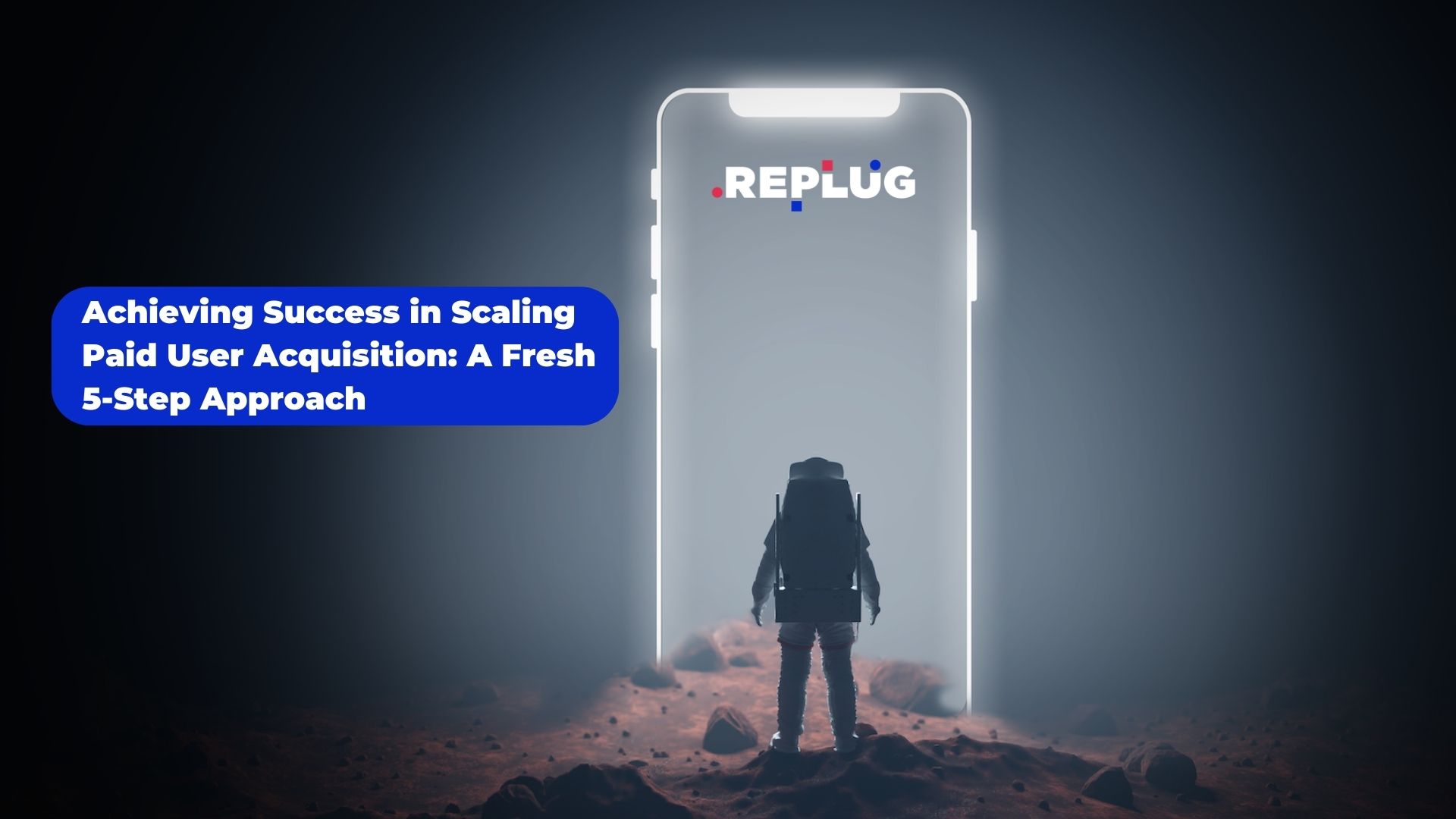Can new digital dialogues give mobile marketers a more persuasive voice?
- Thursday, August 12th, 2021
- Share this article:
Instreamatic CEO Stas Tushinskiy look at the potential of dialogue ads to foster an emotional connection between brands and consumers.
 The nascent technology of interactive voice dialogues between brand and consumer offers (truly) unprecedented opportunities for brands to invoke emotion as a new means of engagement and persuasion. While emotional appeals have been part of advertising since its beginnings, the last ten years have seen a glut of ads particularly designed to pull at heartstrings; see Google, Nike, John Lewis in the UK, and a litany of other examples. These ads might even move you to tears, and perhaps to purchases.
The nascent technology of interactive voice dialogues between brand and consumer offers (truly) unprecedented opportunities for brands to invoke emotion as a new means of engagement and persuasion. While emotional appeals have been part of advertising since its beginnings, the last ten years have seen a glut of ads particularly designed to pull at heartstrings; see Google, Nike, John Lewis in the UK, and a litany of other examples. These ads might even move you to tears, and perhaps to purchases.
But voice-enabled audio ads that engage listeners in direct dialogues might offer an even more effective method of moving potential customers to action. These interactive ads – emphasis on the active – enable brands to deliver emotional payloads of which passive ads are, by their nature, incapable.
Robert Cialdini, seminal expert and author of “Influence: The Psychology of Persuasion,” counts Consistency among his Six Principles of Persuasion. (True to his work, these Six Principles have deeply influenced the business and advertising worlds for decades.) Behaviorally, individuals utilize mental shortcuts when making decisions, and one of these is to try to remain consistent with past decisions and commitments. Consciously or not, individuals honor past statements and viewpoints – including the promises they make to themselves. This behavior speaks to identity as well. For example, if you consider yourself to be someone who’s stylish, or into fitness, or up on the latest gadgets, you’ll make decisions and take actions that align with those notions of self.
Sometimes those actions are product purchases, and that’s where brand advertising comes in.
Persuasive muscle
Importantly, the act of using your voice to make a commitment out loud is more powerful, memorable, and affecting than simply thinking it. Because of this, voice dialogue ads can exert tremendously greater persuasive muscle than ads that customers simply view or more mindlessly click. Dialogue ads tap into AI, machine learning, and Natural Language Understanding (NLU) to deliver and continuously refine short interactive conversations designed to foster brand engagement.
Consumers, listening to streaming or on-demand audio content on microphone-enabled mobile devices, receive calls-to-action prompting them to verbally express interest in a product or service offering. A listener can converse with the ad as naturally as they would in any conversation – answering affirmatively to accept the brand’s offer or negatively to conclude the ad and quickly return to their regular audio content. Brand advertisers receive detailed metrics and analytics in real-time for every one of these conversations, enabling campaign optimization and responsive content adaptations. These adaptations boost the relevance and quality of each potential customer’s ad experience.
Emotional commitment
Applying the Principle of Consistency, brands need only get ad listeners to agree aloud that an offering has value to them to begin earning their emotional commitment. For example, a dialogue ad might introduce a coffee shop brand and ask listeners, “Would you like to have your favorite coffee drink ready and waiting for you at your local coffee shop each morning?” A listener that responds positively to that prompt has already imagined themselves experiencing the ease and convenience of that scenario. In their mind, they’re a person who enjoys – and is likely to use – such a service. Any follow-up prompts or future offers from the brand, like related discounts, have an increased chance of successful conversion because they build on that foundational spoken commitment.
Dialogue advertising is also now bringing continuous dialogues: enabling brands to capitalize on a potential customer’s expressed intent and interest across multiple ad conversations. Each individual listener’s history of responses is remembered and leveraged to inform future ad content, allowing brand relationships to deepen and evolve over time. Ad campaigns can target the same person not only across ads but also across different channels and media publishers. Whereas passive ads can emotionally alienate potential customers with relentless repetitions of irrelevant ads, dialogue ads only become more relevant and connective with ongoing iterations.
Qualifying questions
Say a listener accepts the offer for prepared to-go coffee, and sets up and uses that service. Now the brand has more data and knows exactly what drink the individual likes. Incorporating the customer’s favorite drink into future dialogues and offers evokes positive emotions of being known and understood, while deepening the individual’s sense of consistency as a patron of the brand. On the other hand, say that a particular listener responds negatively to the initial ad, saying, “No, I don’t like coffee – buzz off.” Taking that data into account, the campaign’s follow up ad can acknowledge that fact and offer tea instead. Dialogue ads have the advantageous ability to ask direct qualifying questions, identify high-quality leads, and quickly sift out audience members that brands shouldn’t continue to spend ad budget on.
In real world use cases, dialogue ads that refer back to previous ad conversations achieve 3-4 times greater engagement. This result stems from the fact that brands are able to engage with qualified leads that have expressed their real interest in an offering. From there, brands need only nurture the burgeoning emotional commitment these individuals feel to solidify their status as valuable long-term customers.

















